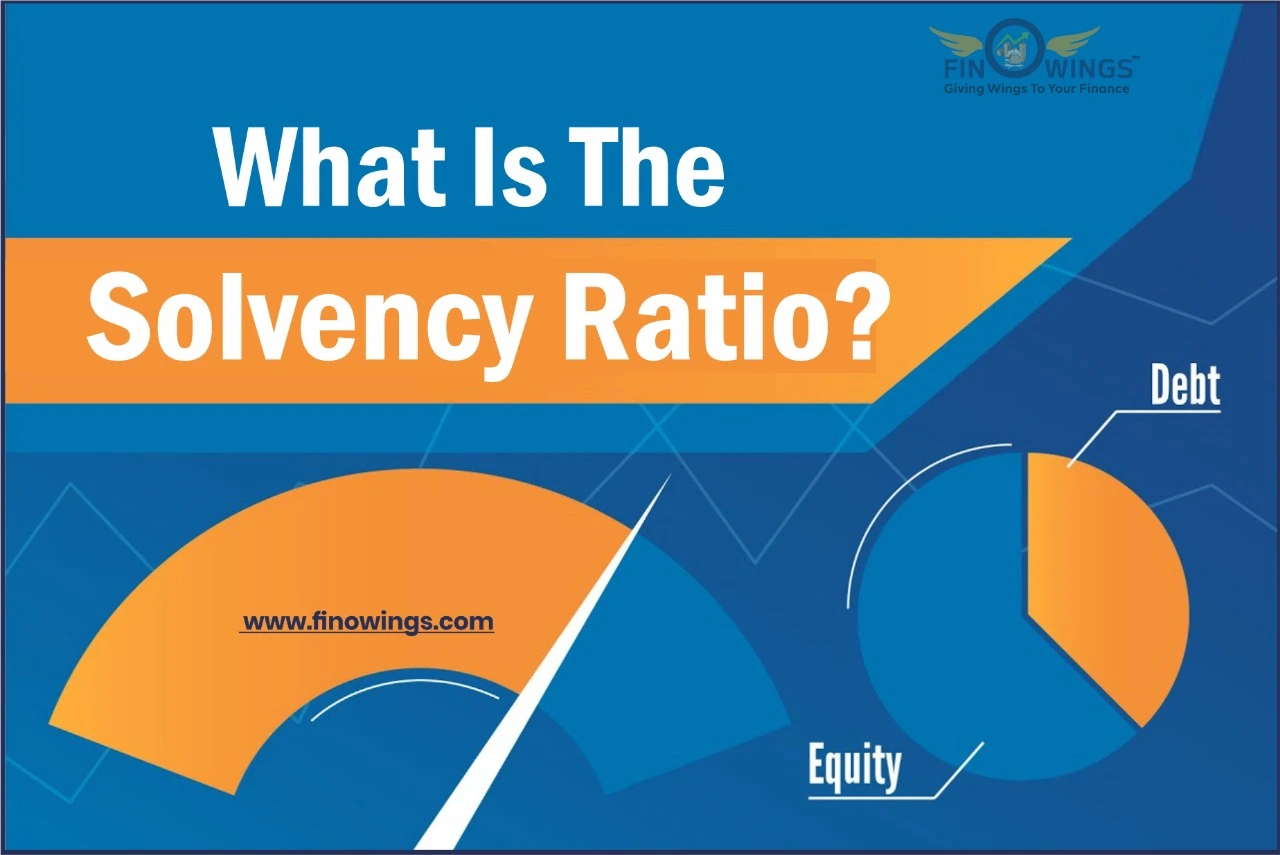National income is vital for any economy. National income acts as an indicator of the economic development of a country. Therefore, national income plays a significant role in the growth of an economy. National Income is an interesting topic of which people are often not aware. Today, in this blog, we will learn about national income. How is national income measured? Its factors and many more.
Simply put, national
income refers to the value of goods and services produced by the country's people. The national income of any country is measured by the value of goods and services produced during a financial year. It includes all the economic activities going on in the country during a financial year. In other words, any country's national income is the total income earned through various economic activities during a financial year. The economic activities of any country help to develop that country. Therefore, national income determines the progress of the country. The measurement of national income includes the
value of interest, wages, rent, and profits derived from the country's factors of production, such as capital, labor, land, and entrepreneurship.

According to Marshall: "The labor and capital of a country acting on its natural resources produce a certain net aggregate of commodities, material and immaterial, including services of all kinds annually. It is the country's true net annual income, revenue, or national dividend."
Modern Definition Of National Income
According to the modern definition, the concept of National Income can be defined in terms of GDP and GNP.
If we talk about the history of national income, it was first estimated in India by Dadabhai Naoroji in 1867-68. According to him, the country's per capita income at that time was Rs 20 per annum, and the country's total national income was Rs 320 crore. But in this calculation method of national income, the output of other sectors was added to the value of agricultural goods. Then, in 1931-32, V. Rao estimated the national income. Using the production and income method, they concluded that the per capita income at that time was Rs 78. To reach this conclusion, he added the foreign net income and the total income from agriculture, forestry, and mining. Do you know that Dr. Rao's assessment was considered India's first scientific assessment, which was for the measurement of national income?
After the independence of India in August 1949, The National Income Committee was constituted under the chairmanship of Prof. PC Mahala Nobis. Other members of this committee are Dr. V.K.R. and Prof. Dr. Godgil.
The most important terms for determining national income are GDP, GNP, NNP, NI, PI, DI, and PCI, which describe a nation's economic activities.
Gross Domestic Product (GDP)
GDP mainly refers to the value of all goods and services produced with the resources available in a country during a financial year. For the calculation of GDP, the economy is divided into three sectors.
Primary sector
It refers to those natural resources which are used directly after exploitation. Some of the areas included in the primary sector are:-
Agriculture
Forest
Mining
Animal Husbandry
Fishing
Secondary Sector
For your information, the industrial sector is to be considered the basis for the growth of any economy. The secondary sector refers to industry and manufacturing. Since the industrial sector has substantial potential for employment generation and employment generation helps in poverty alleviation, the secondary sector is considered the backbone of any economy.
Tertiary Sector
The tertiary sector mainly refers to consumer services—for example, trade, transport, hotels, telecommunications, etc. India has made considerable progress in the tertiary sector.
Too much contribution from the primary sector in any economy is not well for that country. It does not advance the development of the country in a way.
Gross Domestic Product (GDP) = (P*Q)
Where,
P = Price of goods and services
Q= quantity of goods and services
OR
GDP = C+I+G+(X-M)
Where,
C means Consumption
I mean Investment
G means Government Expenditure
X means Export
M means Import
Gross National Product (GNP)
Gross National Product (GNP) is also known as Gross Public Good. GNP refers to the market value that comes from the final goods and services received by the residents of the country during a financial year. Gross National Product (GNP) is the total value of the products and services produced by all the residents of a country, whether they live in the country or outside the country.
GNP= GDP + NFIA
NIFA means Net Factor Income From Abroad
OR
GNP = GDP+NR-NP
Where,
NR means net income from assets abroad
NP means net outflow to foreign assets
Net National Product (NNP)
NNP for an economy refers to the market value of foreign net income along with the net yield of final products and services during a financial year.
NNP= GNP- Depreciation
OR
NNP=C+I+G+(X-M)+NFIA- IT-Depreciation
Where,
C means Consumption
I mean Investment
G means Government Expenditure
(X-M) means Export-import
It means Indirect Taxes
National Income (NI)
National income is also recognized as national output at factor price. It refers to the overall earned income by the resources. For example, rent for the property, salary for labor, interest for capital, and profit in return for organizational capacity refers to the amount of revenue received.
NI= NNP+ Subsidies- Interest Taxes
OR
NI = GNP- Depreciation + Subsidies- Interest Taxes
Personal Income (PI)
Personal income means the entire wealth generated by individuals and families before direct taxes from all possible sources in a country is called personal income.
Personal income can be worked out by the formula given below:-
PI= NI- CIT- UCB - SSC+ TP
Where,
PI means Personal Income
NI means National Income
CIT means Corporate Income Taxes
UCB means Undistributed Corporate Benefits
SSC means Social Security Contribution
TP means Transfer Payments
Disposable Income (DI)
Simply put, that amount is called disposable income after deducting all direct taxes from a person's income. It is the amount invested in personal consumption or left for disposal.
DI = Personal Income (PI) - Direct Taxes
Per Capita Income
To calculate per capita income (PCI), a country's total national income is divided by that country's total population.
The formula for per capita income (PCI)
PCI = Total National Income ÷ Total National Population
Income Method-
In this, income flow is taken as a measure of national income.
Net National Income = Compensation of Employees + Operating Surplus mixed [ Wages(W) + Rental Income (R) + Profit (P) + Mixed Income (I)] + Net income + Net factor income from abroad
Method of Product & services-
In this, national income is assessed regarding the flow of goods and services. The calculation can be done with the formula given below.
National Income (NI) = Gross Net Product (GNP) - Cost of Capital - Depreciation - Indirect Taxes
Method of Expenditure
In this, the calculation of national income decides the expenditure flow, and valuation can be done on the formula given below.
National Income (NI) = National Product - National Expenditure
The sizeable significance of National Income is that it reflects the economic condition of any country very well, i.e., National Income provides a good overview of that country's economy. National income helps in preparing various types of plans. Economists often prepare fiscal plans for the country's economic progress using the data available on national income. A country's per capita income increases with its national income.
National income helps to understand whether the country's total expenditure is more than the total output. If it is, it can be reduced by planning against it in time. Also, the cumulative national income data helps implement effective anti-inflation and deflation strategies.
Do you know that the country's budget depends heavily on the Gross National Income and related considerations? In this way, the national income helps make the country's budget. The data on national income greatly help the government prepare the annual budget and the roadmap for enhancing the country's economic development.
In this way, national income can play a role in accelerating the economic activities of any country. Second, the national income data helps to compare people's living conditions across countries over time. Third, the national income data helps the government make plans related to the public interest. When the government implements the scheme for the public interest, it improves the lives of ordinary people. In this way, we can say that national income also helps improve common people's lives.


















